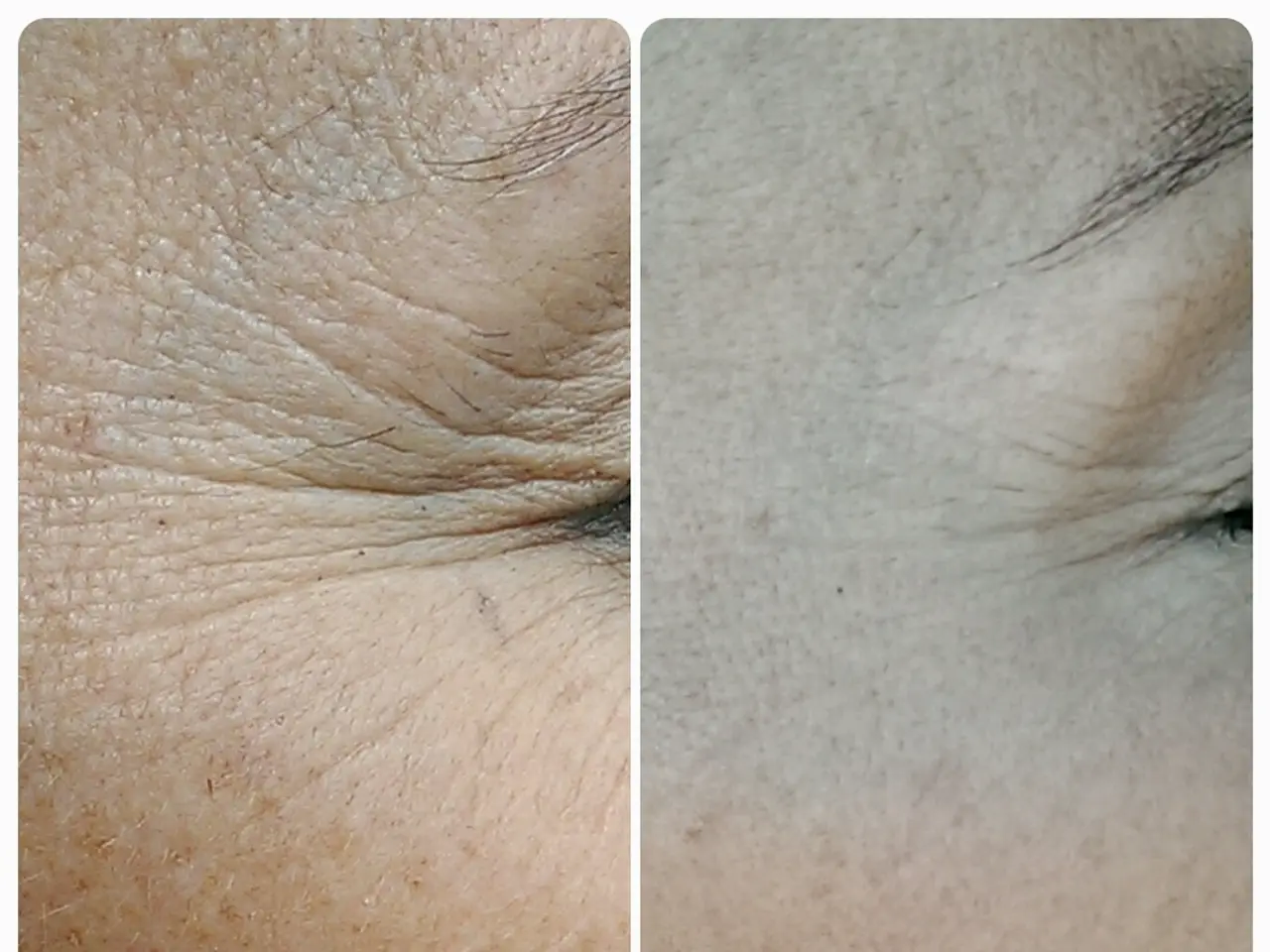Skin Health Exploration: A Focus in Dermatology
In the realm of healthcare, dermatology stands out as a vital specialty, focusing on the diagnosis and treatment of various skin conditions. Dermatologists are experts in their field, equipped to handle a wide range of issues, from inflammatory and autoimmune disorders to infections and benign growths.
Understanding Dermatology
At the heart of dermatology is the study of skin health, a discipline that delves into the complexities of the skin, its layers, and its connections to the body. The dermis, the inner layer of skin, is responsible for the skin's firmness and elasticity, housing collagen and elastin fibers, blood vessels, hair follicles, and sweat glands.
Dermatomes: Mapping the Skin
Dermatomes are like maps of the skin, connecting it to the spinal cord and helping doctors understand where skin sensations come from and diagnose certain conditions. They can be particularly useful for non-doctors, as they can help communicate unusual skin sensations clearly to medical professionals.
Common Skin Conditions
Skin conditions treated by dermatologists are as diverse as the conditions themselves. Some of the most common include psoriasis, autoimmune skin disorders, bacterial infections like impetigo, keratosis pilaris, acne, and cysts. Each condition has distinct symptoms, causes, and treatment options.
Psoriasis
Characterized by red, scaly, itchy patches or plaques, psoriasis is a chronic autoimmune disorder where the immune system causes rapid skin cell production. Treatment includes topical medications, phototherapy, systemic drugs, and biologics.
Autoimmune Skin Disorders
Examples of autoimmune skin disorders include scleroderma and cutaneous vasculitis. Scleroderma is characterized by thickened, shiny, tight skin patches, while cutaneous vasculitis presents with purplish spots, bruise-like rashes, blisters, and ulcers. Treatment focuses on managing symptoms and preventing complications.
Bacterial Skin Infection – Impetigo
Impetigo is a highly contagious bacterial infection characterized by red sores or blisters that rupture, ooze, and form yellow-brown crusts. Treatment involves antibiotic creams or oral antibiotics.
Keratosis Pilaris
Keratosis pilaris presents as tiny red, purple, or skin-colored bumps giving a rough "chicken skin" texture, commonly found on upper arms, thighs, or cheeks. Treatment often involves moisturizing or exfoliating creams.
Cysts
Cysts are noncancerous growths that can become painful if infected. Treatment often involves observation, draining, or removal if inflamed or symptomatic.
Dermatitis: Causes and Treatment
Dermatitis, a common skin condition characterized by red, itchy, and inflamed skin, can be caused by allergies, irritants, genetics, or medical conditions like eczema or psoriasis. Treatment options include moisturizers, corticosteroids, antihistamines, and light therapy.
The Role of Dermatologists
Beyond treating skin conditions, dermatologists play a crucial role in maintaining healthy, glowing skin. They identify and treat conditions early, provide personalized skincare advice, keep an eye out for potential skin cancer risks, and offer treatments like laser therapy, chemical peels, and injectables.
In conclusion, dermatology offers a fascinating exploration into the complexities of skin health, from the microscopic level of cells to the macroscopic level of conditions and treatments. Whether you're a doctor or a patient, understanding dermatology can help you navigate the intricacies of skin health and maintain a healthy, radiant appearance.
- With their expertise in various skin conditions, dermatologists serve a significant role in medical-conditions related to health-and-wellness, particularly skin-care and skin-conditions, offering treatments like laser therapy, chemical peels, and injectables to ensure skin health and a radiant appearance.
- The field of science known as dermatology delves into the study of skin health and its complexities, encompassing the understanding of skin conditions like psoriasis, autoimmune skin disorders, bacterial infections, keratosis pilaris, cysts, and dermatitis, each with distinct symptoms, causes, and treatment options.




